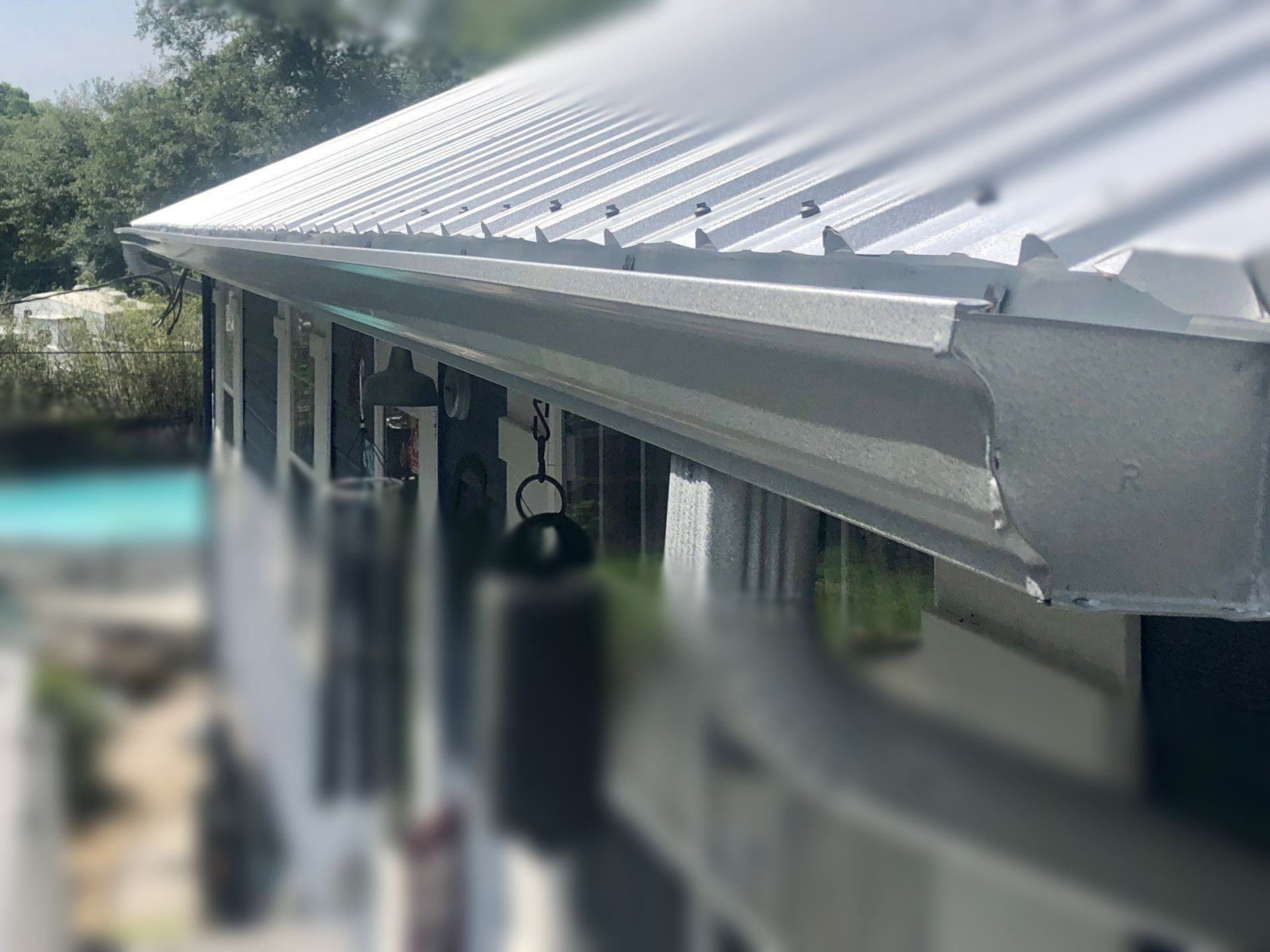How To Determine The Size Of Your Rainwater Collection Tank
 Here at Rain Control Gutters
we’ve been spending a lot of time talking about rainwater harvesting. We’ve established that it’s legal
(subject to local restrictions) here in Florida.
Here at Rain Control Gutters
we’ve been spending a lot of time talking about rainwater harvesting. We’ve established that it’s legal
(subject to local restrictions) here in Florida.
Now we want to take a moment to give you some ideas on how you can make the most of your rainwater collection system. One thing that you can do is to make sure you are choosing a barrel that is large enough to truly serve your water needs.
Start by looking up the amount of annual rainfall your area receives. To help you out, here are some of the annual rainfall figures for some of the cities we serve.
- St. Petersburg: 50.91″
- Largo: 46″
- Clearwater: 52.74″
- Tampa: 44.77″
- Brandon: 52″
- Wesley Chapel: 54″
- Land O’Lakes: 54.28″
- New Port Richey: 52.74″
- Homosassa: 51.90″
- Beverly Hills: 52″
- Ocala: 50.93″
Next, you will need to know how big your roof area is. That is called your “catchment area.”
Note that 10 inches of rainwater on an 1000 square foot roof will give you approximately 600 gallons of rainwater. So if you had a 2,000 square foot roof you’d get 1200 gallons of water per ten inches, 1800 for a 3,000 square foot roof, and so on.
The Ocala homeowner with a 2,000 square foot roof can expect to catch 61,116 gallons of rain water every year (1200 x 50.93).
Divide that figure by 12 and you’ll know that a 5000 gallon tank will probably serve your needs just fine, since you wouldn’t expect to store exactly 5093 gallons of water every month.
You’ll have some dry days and you’ll be using the water.
These calculations get a lot more complex, however, if you are actually relying on the rainwater for a great deal of your water use, or if you want a rainwater system that actually integrates with your existing water supply. At that point, it’s best to consult a professional rainwater collection contractor.
We spotted at least 15 of these contractors in the central Florida area after a brief search. We don’t currently have a relationship with any of them to recommend any to you, but the resources are certainly available if you want a more sophisticated system.
Remember, no rainwater collection system works well without clean gutters. Be sure to tackle those gutters every fall and every spring, or call us to get the job done for you!










